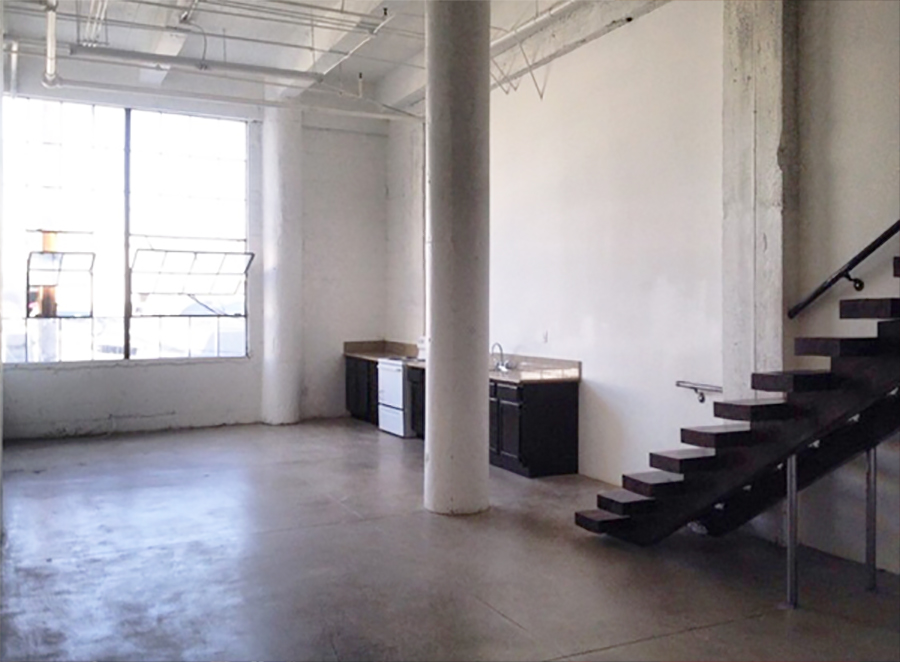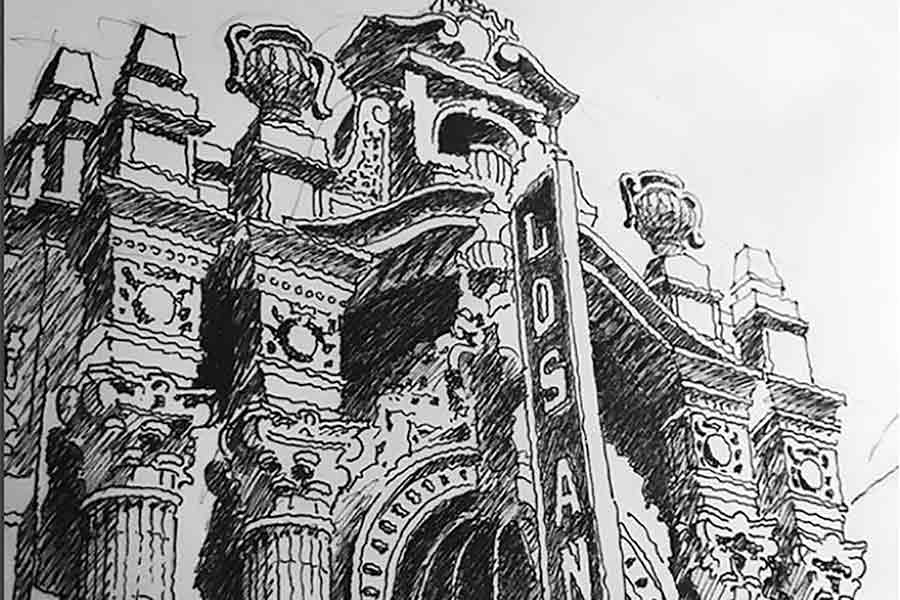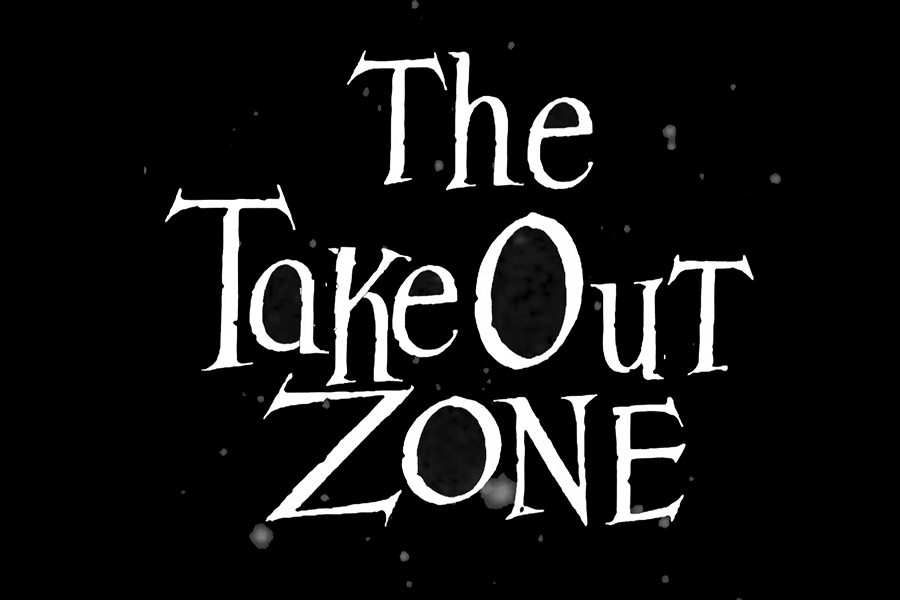
In the past, artists have always given the dilapidated buildings and warehouses of DTLA a whole new meaning for the words “mixed-use”.
In other words, DTLA may have been known to many as an underground paradise before its real estate rates began to soar a few years back and the terms like “gentrification” started filling the air with the bitter aroma of sweet and not so sweet.
In the olden days, artists didn’t speak up much about code violations, or rough neighbors because living in vast open spaces holding underground “get togethers” and not having to worry about soaring rents was kind of a perfect balance.
And these dwellings were plenty but today things have changed. These days, it seems, artists and their lofty warehouse dwellings are under attack from the outside and from within. These days tenants and neighbors may be the first ones to complain to the City when an owner doesn’t bend to their wishes or allows a warehouse to be converted illegally to a residential structure, especially if fire escapes can’t be accessed or fire alarms are inadequate in such case. With the recent deadly fire that killed 36 people inside of an artist warehouse in Oakland last year now seeing the “Ghost Ship” Founders arrested in connection with the tragedy, fewer landlords and tenants are taken chances.
So when the City finds out there’s a warehouse converted to an artist compound violating City Codes, most likely they are going to demand all tenants vacate the property and the owners fork the bill as with the case of two artists compounds in DTLA. But where will the artists go? What can they do to avoid homelessness?
Councilman Jose Huizar Saves the Day again!
When residents pleaded with the LA City Council for help Councilmember Jose Huizar came to the rescue securing nearly $400,000 in relocation assistance for those who lived at 931 E. Pico Blvd., and a neighboring warehouse at 1518 S. Paloma St. Both Fashion District buildings are owned by Morad Neman, now accused “slum lord”, and the City is saying they will require Neman to reimburse Los Angeles. Placing a file with his name and a bill on the desk of the Los Angeles City Attorney.
Huizar worked with chief legislative analyst, the city administrative officer and the council’s finance chair, Councilman Paul Krekorian, to approved $382,850 for their emergency evictions. This works out $7,900 to $19,700 per tenant according to the length of a resident’s tenancy.
“Today’s vote was critical in preventing residents caught in legal proceedings at no fault of their own from becoming homeless,” Huizar said via email. “This is exactly what we should be utilizing these type of funds for.”











